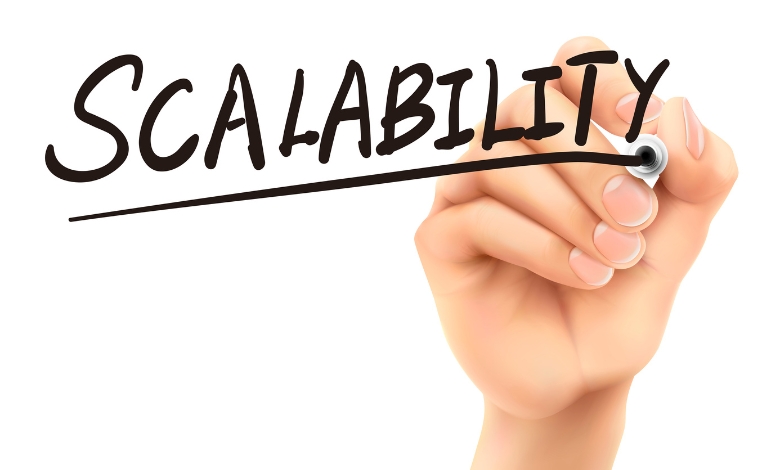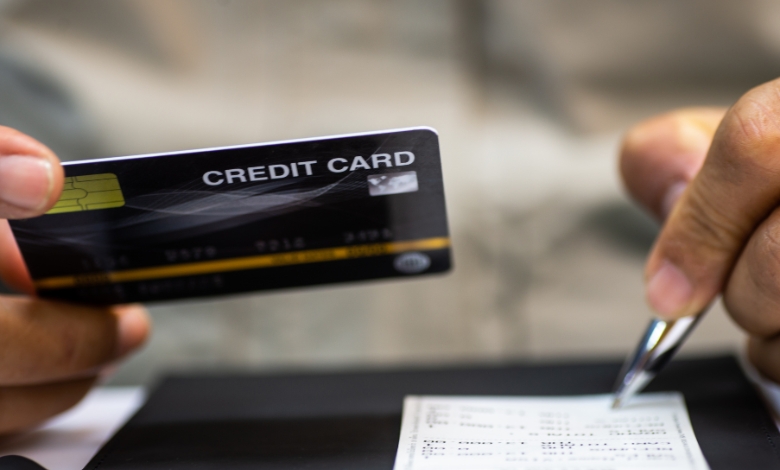Find out how to choose a payment processor for your business with our guide, making the daunting task easier.
Design, branding, and selecting products delighted me when I first launched my online boutique.
I had no idea the toughest challenge—choosing a payment processor—was yet to arise.
Being a driven entrepreneur, I desired for my clients seamless and safe transactions, but the abundance of choices was daunting.
After reading many reviews and forums one night, I came into a small business owner’s experience quite similar to mine.
She recounted her difficulties selecting the appropriate payment processor and the difference knowing what to search for makes all the difference.
Her narrative connected with me and gave direction for my choices.
My experiences should also enable other business owners to make this crucial decision.
So let’s dive in without more delay.
Article Breakdown
Credit Card Payments: What Are They?

Having a rudimentary knowledge of credit card payments will help us later on when we discuss the specifics of selecting a payment processor. Credit card payments are, quite simply, purchases of products or services done with a credit or debit card. These payments entail a sequence of stages and procedures transferring money from the customer’s bank account to the business’s account.
Any company depends on credit card payments to some extent. A research by the Federal Reserve indicates that at least one credit card is used in over 70% of all American homes, hence it is the most often used payment mechanism available on the market.
Under this background, knowing how credit card payments operate and choosing the correct processor becomes absolutely essential to guarantee consumer happiness and corporate expansion.
1) Know Your Company’s Needs

Step back and assess the particular needs of your company before delving into the details of different payment systems. Think on the following:
- Credit cards, debit cards, ACH, etc.—what kinds of payments will you be taking?
- You could be handling payments in-store, online, or both.
- Your normal transaction volume is what?
- Do you deal internationally and will you require multi-currency support?
By answering these questions, you will have a clear image of your requirements and assist to reduce the list of appropriate payment processors.
2) Charges and Pricing Policy

Usually featuring startup costs, monthly fees, transaction fees, and extra charges for specific features, payment processors have varying fee structures. You should really know the pricing strategy of every processor you are looking at. Search for:
- Trade Fees: Usually, these represent a percentage of every transaction plus a set charge.
- Monthly Fees: Certain processors bill for using their services a monthly cost.
- Set Fees: First expenses for implementing the system of payment processing.
- Additional Fees: Charges for PCI compliance, chargebacks, etc.
Examine these costs among several companies to identify one with a price range fit for your transaction volume and budget.
3) Compliance and Security

Ensuring the security of your clients’ payment data comes first given the rise in cyberattacks. These security elements should be sought for:
- PCI Compliance: Check the processor follows the Payment Card Industry Data Security Standard (PCI DSS).
- End-to-End Encryption: Look for this to guard data on route.
- Fraud Detection: Modern fraud detection and prevention technologies help to spot and lessen dishonest behavior.
Choosing a payment processor with strong security features can assist to guard your company and clients against possible leaks.
4) Complement with Your Current Systems

Effective operations depend on smooth connection with your current systems. Find whether the payment processing system can interact with:
- Online Market Platforms: Compatible with widely used systems like Shopify, WooCommerce, Magenta, etc.
- Point of Sale (POS) Systems: Make sure the processor runs with your POS system if you run a physical store.
- Accounting Program: Financial management can be simplified by combining with accounting systems such as QuickBooks or Xero.
A well-integrated payment processor will cut the chance of mistakes and save you time.
5) Consumer Assistance

Any problems with your payment processing system will be resolved only with dependable customer service. Take into account the following:
- Availability: Particularly if you run globally or have long business hours, 24/7 support might be rather important.
- Channels: Convenience comes from the several assistance channels—phone, email, chat.
- Responsiveness: Quick reaction times to swiftly fix problems.
Selecting a payment processor with outstanding customer service can help you to guarantee seamless operations and save you trouble.
6) Personal Experience

The simplicity of the payment processing system influences clients as well as your personnel. Seek for a processor that provides:
- Approachable Interface for Users: A basic and understandable transaction management dashboard.
- Seamless Checkout: A flawless and rapid checkout experience helps to reduce cart abandonment.
- Mobile Compatibility: Customer payments made on mobiles should be easily compatible.
Good user experience helps to raise client satisfaction and stimulate return business.
7) Supported Payment Techniques

Offering a range of choices helps to increase your conversion rates since various clients prefer different payment ways. Think about processors that enable:
- Credit and Debit Cards: Acceptance of all the main card networks (Visa, MasterCard, American Express, etc.).
- Digital Wallets: PayPal, Apple Pay, Google Pay, etc.
- ACH or Wire Transfer: Options abound from banks.
- Support for Several Currencies and Foreign Trade
Offering several payment choices improves client ease and helps to satisfy a larger audience.
8) Fund Settlement Speed

Your cash flow may be impacted by the time money takes to show up in your account. Various processors provide varying settlement times, ranging from a few days to instantaneous transactions. Analyze your cash flow requirements and pick a processor fit for them. Quick settlement times can enable you better control of your money.
9) Scalability and Personalization

Your payment handling requirements may alter as your company expands. Choose a processor with choices for scalability and personalizing ability. Examine:
- Flexibility: Allows one to add fresh features or change settings as necessary.
- Scalability: Ability to manage rising transaction loads without sacrificing performance.
- Customization: Customizing the payment gateway to match the appearance and feel of your business.
Your company will grow and the adaptable and customizable payment processor will change to fit your evolving needs.
10) Reliability and Reputation

Two very important considerations are the payment processor’s dependability and reputation. Investigate the provider’s past, study client comments, and look for any warning signals. Search for:
- Track Record: A history of consistent quality and happy consumers.
- Assurance of Low Downtime: Guarantees minimization of disturbances in payment processing.
- Industry Recognition: Honors or accolades from credible sector associations.
Selecting a trustworthy and respectable payment processing system will offer consistent service and provide you peace of mind.
11) Extra Features

Many payment processors provide extra tools your company could use. Among these are some:
- Subscription Management: Tools for controlling subscriptions and ongoing billing.
- Invoicing Features: Built-in invoicing features help to send and handle invoices.
- Advanced Reporting and Analytics: To monitor consumer behavior and sales enable analytics.
- Customer Management: Features for handling client data and loyalty programs.
Review the extra capabilities provided by several CPUs to determine which fit your company requirements.
Wrapping Up
Choosing the correct payment processor for my company requires careful evaluation of many elements like cost, security measures, integration capabilities, customer service, user experience, and payment methods supported. Weighing the speed of fund settlement and making sure the processor provides scalability and customizing will help me to develop with my company. Furthermore, of first importance are the provider’s repute and dependability as well as any additional capabilities meant to improve my operations. Examining every one of these factors will help me to select a payment processor that not only satisfies my present demands but also helps my company grow.
Frequently Asked Questions (FAQs)
1) How to choose a payment gateway for your business?
Selecting a payment gateway for your company means weighing elements including cost, security, integration capacity, customer service, user experience, and supported payment options. Additionally crucial is to check the speed of fund settlement and make sure the processor provides scalability and customizing to expand your company. Furthermore take into account the provider’s credibility and dependability as well as any other tools that may help your business.
2) How do I set up payment processing for my small business?
Your small business’s payment processing setup starts with selecting a payment processor that fits your requirements. You can then include the payment gateway of a supplier you have chosen into your point of sale or website system. Along with this, you will have to create a merchant account with the processor and follow any required compliance and verification guidelines. Test the payment system last to guarantee it is operating as it should before taking consumer payments.
3) Can I create my own payment processor?
Establishing your own payment processor can be a difficult and expensive project. Developing tailored software, acquiring required licenses and certifications, strengthening ties with banks and payment card networks, and guaranteeing financial regulatory compliance all play a part here. If you run a small business, it could be more practical to pick a reputable payment processor than building your own.
4) How do I choose a payment processor?
Choose a payment processor based on elements including cost, security policies, integration capacity, customer service, user experience, and supported payment methods. Additionally crucial is to check the speed of fund settlement and make sure the processor provides scalability and customizing to expand with your company. Furthermore take into account the provider’s credibility and dependability as well as any other tools that may help your business.
5) What payment method is good for small business?
Your small business’s ideal payment method will rely on the tastes of your clients, the kind of goods or services you provide, and the cost and simplicity of usage for your company. Among the most often used choices are credit cards, debit cards.



